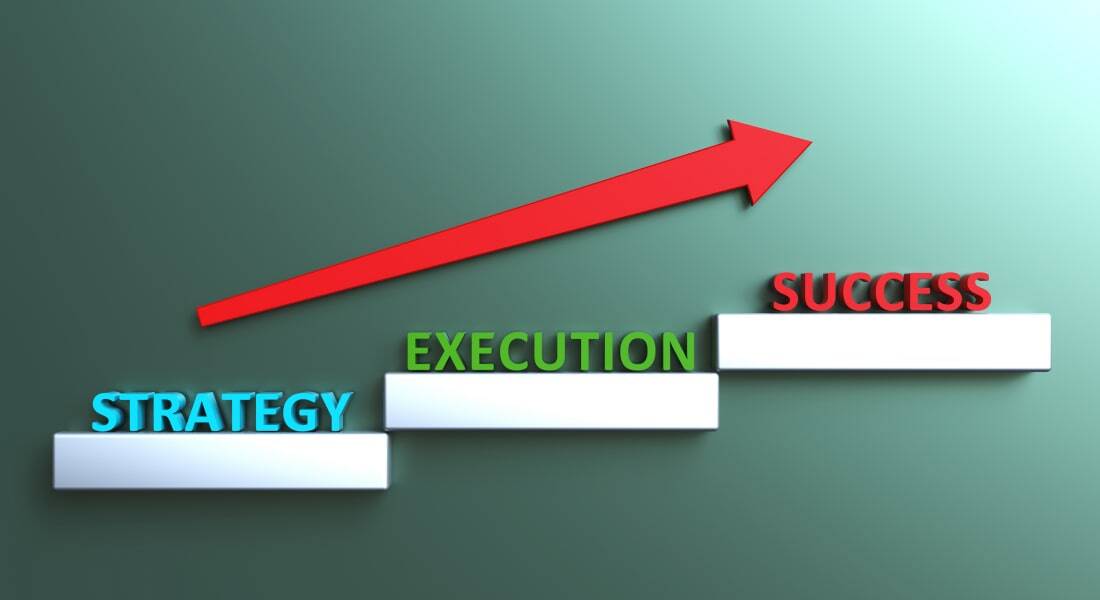6 Performance Management Pitfalls & Strategies to Crush Them!

Feeling like your performance management system is stuck on repeat? Is it failing to ignite employee engagement and drive results? In today's dynamic business landscape, employee performance is a core driver of success. An effective performance management system fosters a culture of continuous improvement, boosts employee engagement, and ultimately leads to a more productive and profitable organization.
Why Performance Management Matters?
- Improved Decision-Making: Data-driven insights into employee performance enable informed decisions about promotions, training & development needs, and resource allocation.
- Enhanced Goal Alignment: Clear performance expectations create a roadmap for individual and organizational success.
- Increased Employee Engagement: Regular feedback and development opportunities cultivate a sense of ownership and purpose.
- Reduced Turnover: Employees who feel valued and supported are more likely to stay with the company.
- Boosted Productivity: A performance-driven culture incentivizes continuous improvement and maximizes output.
Despite the many benefits, many organizations struggle with their performance management systems. Let's delve into six common pitfalls and explore innovative solutions to address them:
6 Performance Management Pitfalls & Strategies to Overcome Them
1. The Absence of a Formal Appraisal System
The Problem: Without a formal system for setting goals, providing feedback, and conducting performance reviews, organizations lack structure and objectivity in managing employee performance.
The Solution: Implement a standardized PMS that outlines clear goals, expectations, and performance evaluation criteria. This system should be tailored to different roles and departments for optimal effectiveness.
Pro Tip: Utilize technology! Learning Management System (LMS) can streamline the performance management process, facilitating online goal setting, feedback delivery, and progress tracking.
2. Lack of Objective Assessments
The Problem: Performance reviews based on subjective opinions lack credibility and can lead to employee dissatisfaction.
The Solution: Develop clear and measurable performance metrics aligned with job descriptions and company objectives. These metrics can include quantitative data like sales figures or project completion rates alongside qualitative assessments of skills and behaviors.
Leveraging Technology: Consider incorporating eLearning modules and interactive assessments into your PMS. SMEs (Subject Matter Experts) can collaborate with eLearning developers to create engaging and objective assessments that evaluate job-specific skills and knowledge.
→ Download eBook: Prompt Engineering for L&D Teams
3. Vague Job Descriptions
The Problem: Employees with a hazy understanding of their roles and responsibilities struggle to meet expectations. Ambiguous job descriptions impede performance management efforts.
The Solution: Develop clear and concise job descriptions outlining key duties, responsibilities, required skills, and performance expectations. This provides a roadmap for employees and establishes a foundation for effective performance management.
The Future of Job Descriptions: Explore the potential of generative AI in crafting comprehensive job descriptions. By feeding AI tools with relevant data and industry trends, you can generate detailed job descriptions that accurately reflect the evolving needs of your organization.

4. Inadequate Feedback
The Problem: Limited or infrequent feedback leaves employees unsure of their progress and hinders development.
The Solution: Implement a culture of continuous feedback. Organize regular check-ins beyond annual reviews to provide timely, specific, and actionable feedback. This allows employees to address shortcomings and accelerate progress.
Taking Feedback Further: Consider incorporating microlearning modules and scenario-based learning activities into your feedback process. Microlearning can deliver bite-sized bursts of information on specific skills, while scenario-based learning allows employees to practice applying feedback in realistic workplace situations.
When to Use Scenario-Based Learning and How? [Video]
5. Inconsistency in Applying the PMS
The Problem: Inconsistent application of the PMS across departments or managers breeds dissatisfaction and creates a perception of unfairness.
The Solution: Standardize your PMS and provide comprehensive training to managers on effectively utilizing the system. Ensure managers understand how to set clear goals, deliver performance feedback, and conduct objective evaluations.
Pro Tip: Develop a central repository of best practices and resources to support managers in implementing the PMS effectively.
6. Inflexible and Mobile-Unfriendly Design
The Problem: Traditional PMS may be cumbersome to navigate, discouraging employee engagement. These systems often lack mobile-friendliness, hindering accessibility for today's on-the-go workforce.
The Solution: Adopt a user-friendly and mobile-responsive PMS that is intuitive and accessible for employees. Explore responsive eLearning design principles to ensure all training materials and performance management tools seamlessly adapt to different screen sizes.
The Power of Mobile Learning: Incorporate mobile-friendly elements like microlearning modules and gamification features into your PMS. Gamified elements like points, badges, and leaderboards can make performance management more engaging and accessible on mobile devices.

The Takeaway: Building a Performance Management System for Success
Addressing these common pitfalls and implementing the suggested strategies empowers you to build a robust performance management system. By embracing technology, fostering a culture of continuous feedback, and ensuring consistency and accessibility, organizations can transform performance management into a powerful tool for driving employee development, enhancing productivity, and achieving long-term business success.
Looking to take your performance management to the next level? Explore the possibilities of AI-powered learning and development solutions. Here's an eBook to guide you with prompt engineering:




![Integrating Diversity, Equity, and Inclusion (DEI) in Learning and Development Culture [Slideshare]](https://blog.commlabindia.com/hubfs/Imported_Blog_Media/Integrating-Diversity-Equity-and-Inclusion-DEI-in-Learning-and-Development-Culture-Slideshare.jpg)
